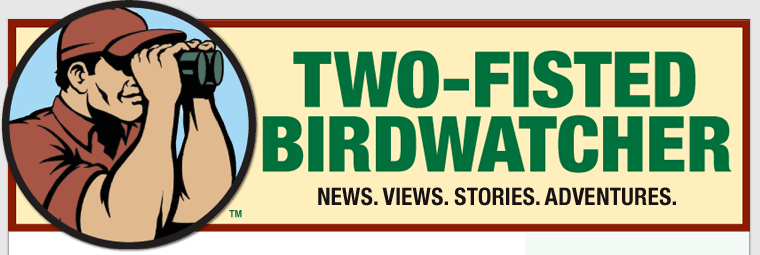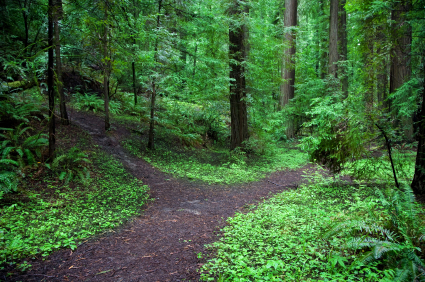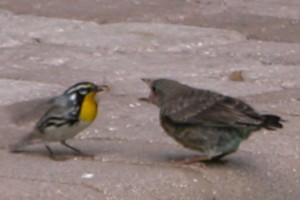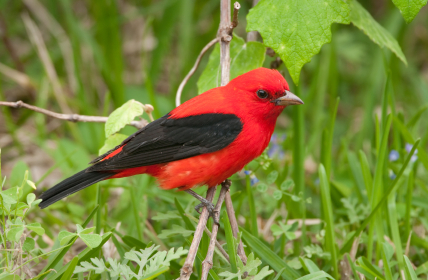I’d rather get bit by a cougar than a tick. With a cougar, you don’t have to wait to find out you’ve been attacked.
This morning I saw an Eastern Bluebird fly into a part of the woods I don’t normally enter.
But, it might not have been an Eastern Bluebird. I only got a quick glance. Its throat looked blue, which meant it could’ve been a Western Bluebird. Or something else.
I followed it, using a trail that’s little used. Knee-high grass was unavoidable. Further in, things got muddy.
Sometimes, you find yourself in an unvisited part of the woods, and it has a different quality of quietness. You feel that even animals and birds don’t come to this spot.
The deer and coyotes you’ve seen are in the usual places, near trails and open areas.
Birds, too, are back there, on the territory you know. Kingbirds, Summer Tanagers (sometimes), Indigo Buntings, cowbirds, several kinds of prairie sparrows; circling hawks and vultures.
But in this back-alley jungle, it was dead. No birds, no animals. Just high grass, heat and stillness. No mysterious blue bird, either.
When I returned to the main trail, I found a tick on my jeans, and brushed it away. I wondered about the ones I didn’t find.
Hate ticks.
A friend recently wrote in an email that “the ticks on the clock are getting faster and louder.” He meant time’s flying, and we better do something with our lives already.
His word “tick” comes back to me now. I picture the guy’s watch covered with ticks, the kind I found on the trail today.
Hate ticks. But, they’re a part of our clocks, and our woods. You have to live with ticks, both kinds. I’d rather have cougars.
Although, if you were pounced on by a cougar and you were holding his snapping jaw inches from your face, your fists filled with folds of his fur…know what you’d see?
Ticks. In his ears, around his eyes, crawling over your fingers.





